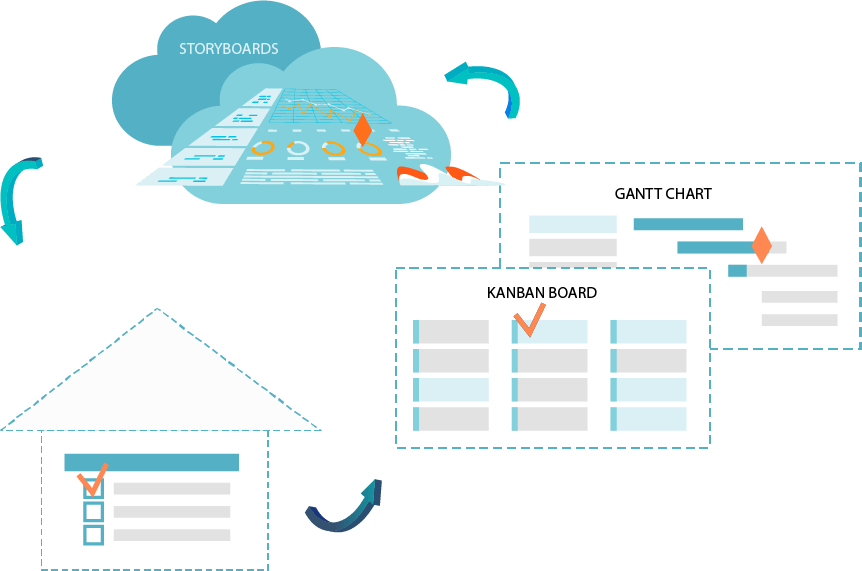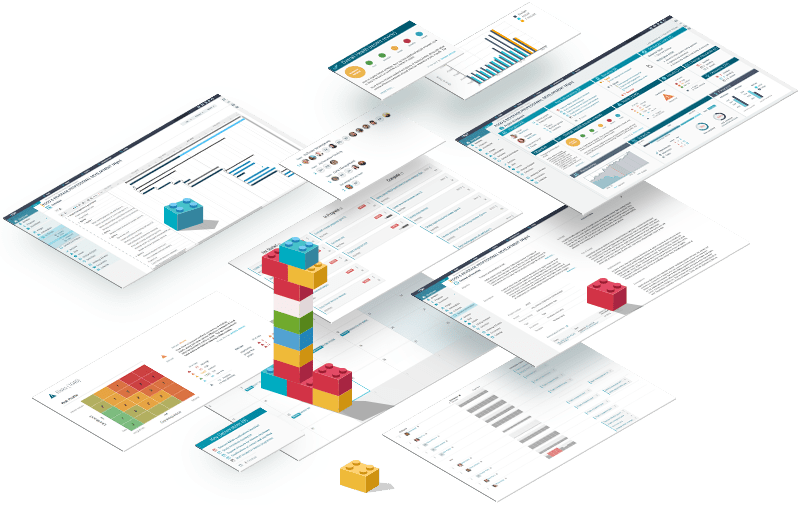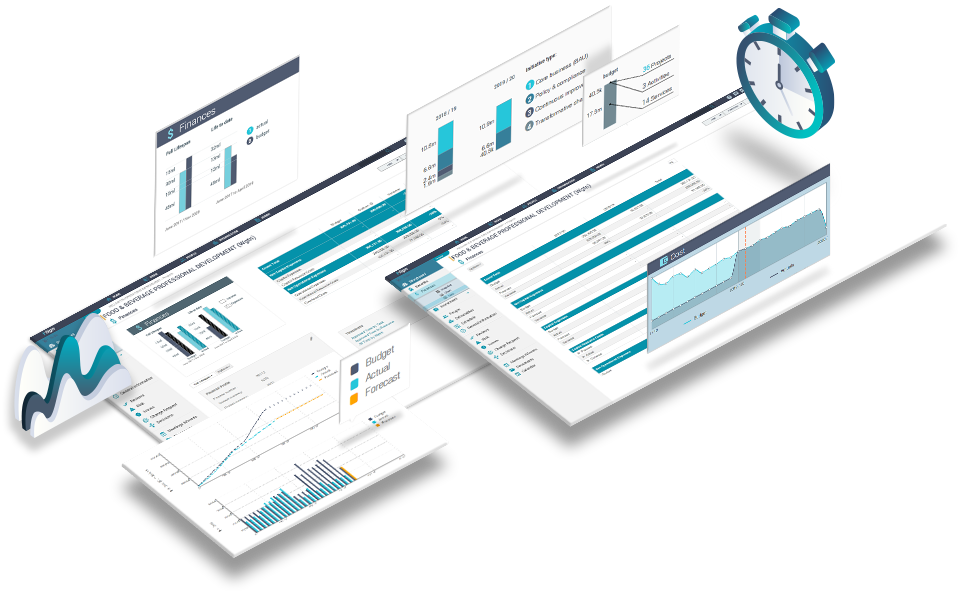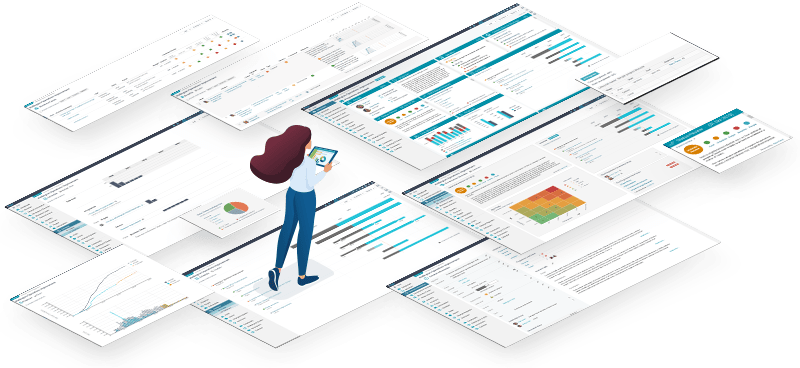Key Features of Planning and Scheduling
- Socialise the concepts of planning and scheduling with your people as one way to support collaborative work practices.
- Construct business cases and related project plans within an All-of-Business context.
- Use project plans and schedules to support business cases by demonstrating smart planning, and prima-facie capability to deliver.
- Use schedules to engage with stakeholders and partners by providing a single place to view plans, including Deliverables, Critical Pathing and Key Milestones.
- Apply Cross-project-dependencies (XPD's) across associated projects to support the break-down of work into logical, discrete parts, ensure dependencies are identified and the impact of dependencies, and related schedule changes, are managed.
Schedule work, map out change
Planning and scheduling are key to strategic planning and project management, and provide critical context, and assurance, to project teams, business owners and stakeholders.
Applied correctly a schedule is useful as a day-to-day working mechanism for project teams, and well as providing reporting and assurance for stakeholders.
Schedules should also provide an overview of when organizational change may need to take place, and whether there are potential conflicts and dependencies. The organizational change plans will be owned by the business. Project teams will contribute to them.
Keep it simple, be efficient

Schedule planning and management needs to be done efficiently to support rather than overwhelm the project. Mechanisms to assist with this include.
‘KanBan’ type Board for drag and drop management synchronized with the Gantt Chart.
Tasks broken down by Action Items as an alternative to the full work break-down structure.
Updating your tasks and action items directly from your Homepage, and synchronizing with the project.
Cross-project-dependencies mapped across the network of Parent & Child projects.
Treat every project as a potential template

It's possible to build on-line project templates to ensure up a level of consistency across projects by using them as starter-packs.
On-line templates can include planned schedules, deliverables, issues, risks and benefits. Once the template is imported into the new project, then all these areas will auto-populate. The project manager can then adjust schedules and add people to match the requirements of the project in question.
Starter-packs promote consistency and may be valuable for ‘accidental project managers’, who may need assistance in launching and planning their first projects.
Project Scheduling - Quick Tips
- The scheduling of work in a project includes tasks and milestones, but also includes other work such as deliverables, issues, risks, change requests and decisions, all of which are subject to dates.
- The tracking of items by RAG (Red, Amber, Green) status is a standard mechanism, and is useful, so long as it presents an accurate picture. For example, if an item is Red this should be identified along with the plan to fix any real issues. It's often a very useful team-building opportunity.







